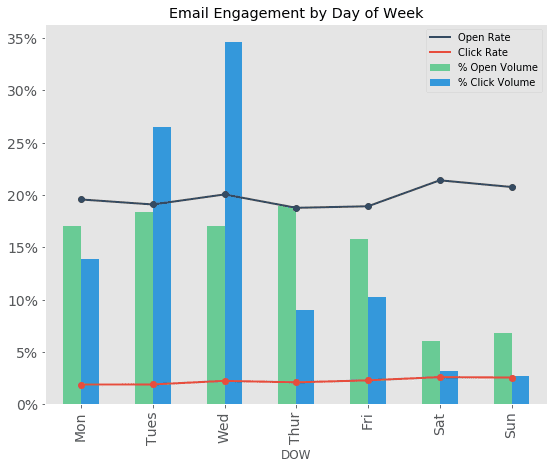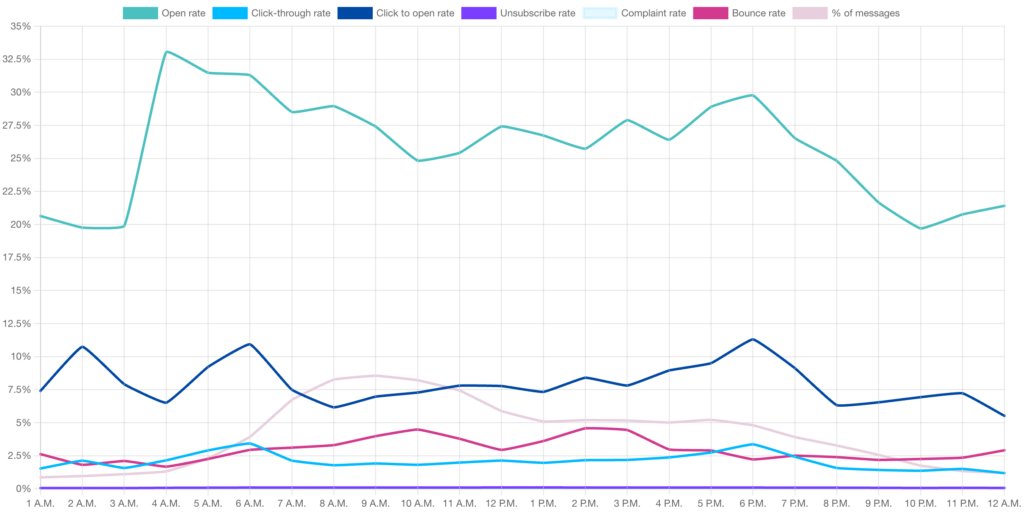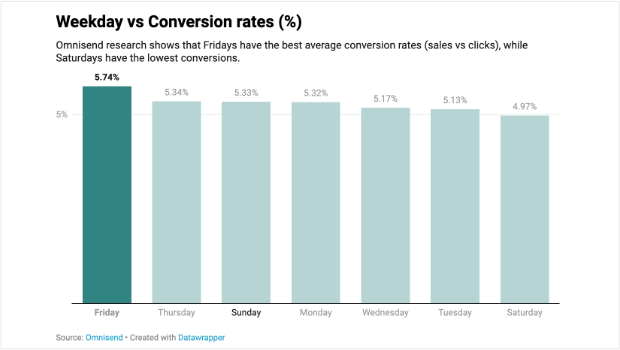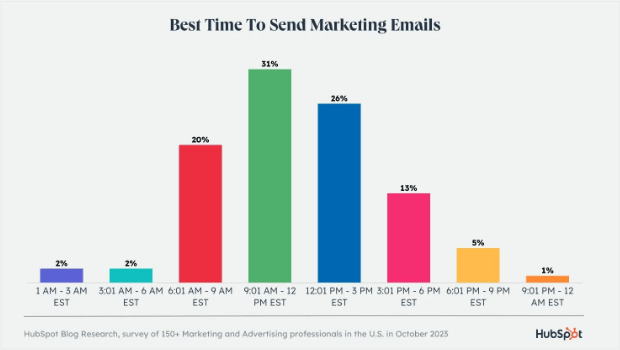
Car insurance is a vital aspect of vehicle ownership, providing financial protection against potential risks associated with driving. In today’s world, where accidents and damages can occur unexpectedly, having the right car insurance policy is crucial for peace of mind. This article delves into the various types of car insurance, the factors that influence premiums, the claims process, and tips for choosing the best coverage for your needs.
1. What is Car Insurance?
Car insurance is a contract between the vehicle owner and an insurance company that provides financial protection in the event of accidents, theft, or damage. In exchange for premium payments, the insurance company agrees to cover certain costs associated with these risks as outlined in the policy.
2. Types of Car Insurance Coverage
Understanding the different types of car insurance coverage is essential for selecting a policy that meets your needs. Here are the most common types of coverage:
- Liability Insurance: This is the most basic form of car insurance and is mandatory in most countries. It covers bodily injury and property damage that you may cause to others in an accident. Liability insurance is typically divided into two parts: bodily injury liability and property damage liability.
- Collision Insurance: This coverage pays for damage to your vehicle resulting from a collision with another vehicle or object, regardless of who is at fault. It is particularly important for new or high-value cars.
- Comprehensive Insurance: This type of coverage protects against non-collision-related incidents, such as theft, vandalism, natural disasters, and animal collisions. Comprehensive insurance is essential for protecting your vehicle from a wide range of risks.
- Personal Injury Protection (PIP): PIP covers medical expenses for you and your passengers in the event of an accident, regardless of who is at fault. It may also cover lost wages and other related expenses.
- Uninsured/Underinsured Motorist Coverage: This coverage protects you if you are involved in an accident with a driver who does not have insurance or does not have enough insurance to cover the damages. It can be critical in protecting your financial interests.
- Gap Insurance: If you have a loan on your vehicle, gap insurance covers the difference between what you owe on the loan and the car’s current market value if it is totaled in an accident. This is especially important for new vehicles that depreciate quickly.
3. Factors Influencing Car Insurance Premiums
Several factors can influence the cost of your car insurance premiums. Understanding these factors can help you find ways to lower your costs:
- Driving History: A clean driving record with no accidents or violations can significantly lower your premiums. Conversely, a history of accidents or traffic violations can increase your rates.
- Type of Vehicle: The make and model of your car play a crucial role in determining insurance costs. High-performance vehicles or those with a high theft rate typically come with higher premiums.
- Age and Gender: Younger drivers, especially males, tend to pay higher premiums due to their inexperience and higher risk of accidents. Rates often decrease as drivers age and gain more experience.
- Location: The area where you live can impact your insurance rates. Urban areas with higher traffic congestion and crime rates may result in higher premiums compared to rural areas.
- Coverage Levels: The amount and type of coverage you choose will directly affect your premiums. Opting for higher deductibles or lower coverage limits can result in lower monthly payments.
- Credit Score: In some regions, insurers consider credit scores when calculating premiums. A higher credit score may lead to lower rates, as it is often associated with responsible financial behavior.
4. The Claims Process
Understanding the claims process is essential for ensuring a smooth experience if you need to file a claim. Here are the general steps involved:
- Report the Incident: After an accident, ensure everyone’s safety and call the authorities if necessary. Gather information, including the other driver’s details, witnesses, and photographs of the scene.
- Notify Your Insurance Company: Contact your insurance provider as soon as possible to report the incident. Provide them with all necessary information, including your policy number and details of the accident.
- Claim Investigation: The insurance company will investigate the claim, which may include reviewing the police report, interviewing involved parties, and assessing damages.
- Claim Approval and Settlement: Once the investigation is complete, the insurer will determine whether the claim is valid and how much compensation you are entitled to. If approved, they will issue a settlement based on the coverage limits in your policy.
- Receive Compensation: Depending on the nature of the claim, compensation may be paid directly to you or to the repair shop for vehicle damages.
5. Tips for Choosing the Right Car Insurance
Selecting the right car insurance policy can be overwhelming, but keeping the following tips in mind can help simplify the process:
- Assess Your Coverage Needs: Consider factors like the value of your car, your driving habits, and your financial situation to determine the level of coverage you need.
- Shop Around: Obtain quotes from multiple insurance providers to compare coverage options and premiums. This will help you find the best deal for your needs.
- Understand Policy Terms: Carefully read the policy documents to understand the coverage limits, exclusions, and deductibles. Make sure you are aware of what is and isn’t covered.
- Look for Discounts: Many insurers offer discounts for various reasons, such as bundling policies, maintaining a clean driving record, or completing a defensive driving course. Be sure to ask about available discounts.
- Review Annually: Your insurance needs may change over time, so it’s essential to review your policy annually and make adjustments as necessary. This can help you save money and ensure you have adequate coverage.
6. The Importance of Car Insurance
Car insurance is not just a legal requirement in many places; it is a crucial element of financial planning. Accidents, theft, and damage can happen to anyone, and having the right insurance can protect you from significant financial hardship.
In addition to financial protection, car insurance can also provide peace of mind. Knowing that you are covered in case of an accident allows you to drive with confidence, knowing that you are prepared for the unexpected.
Conclusion
Car insurance is an essential component of responsible vehicle ownership, providing protection against a wide range of risks. By understanding the various types of coverage, factors influencing premiums, and the claims process, you can make informed decisions about your insurance needs. Remember to shop around for the best rates, assess your coverage requirements, and review your policy regularly to ensure it continues to meet your needs. With the right car insurance in place, you can enjoy the open road with confidence and peace of mind.













